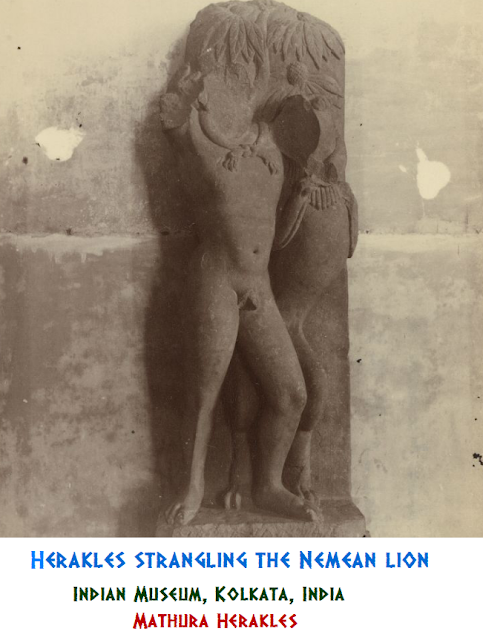Baktria, in northern Afghanistan and Tajikstan, was a prosperous Greek kingdom established by successors of Alexander the Great beginning about 250 BCE. Little is known about King Eucratides, who ruled Baktria c. 171-145 BCE. He fought the Parthians and conquered parts of northern India. He commissioned the largest surviving gold coin struck in antiquity: a 20-stater piece, 58 mm in diameter, weighing 169.2 grams. That’s nearly five and a half ounces. The unique example was found in 1867 in Bukhara (Uzbekistan), nearly 300 miles northwest of the Baktrian heartland. Eventually acquired by Napoleon III, it resides today in the Bibliothéque nationale in Paris.
On the obverse we see the king in profile, wearing a plumed cavalry helmet. On the reverse, the twin heroes Castor and Pollux carry long lances and palm branches and ride prancing horses surrounded by a carelessly lettered inscription: “Great King Eucratides.” The Smithsonian in Washington has a similar 15-stater gold piece of Eucratides that most experts regard as a 19th century fantasy.






































































